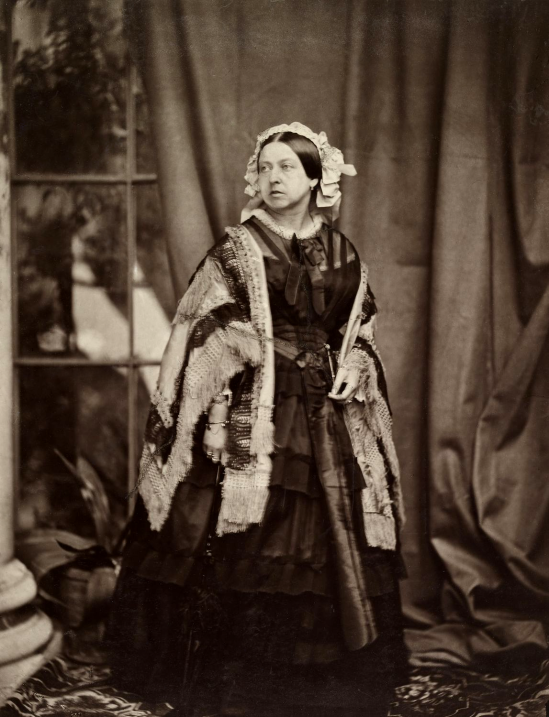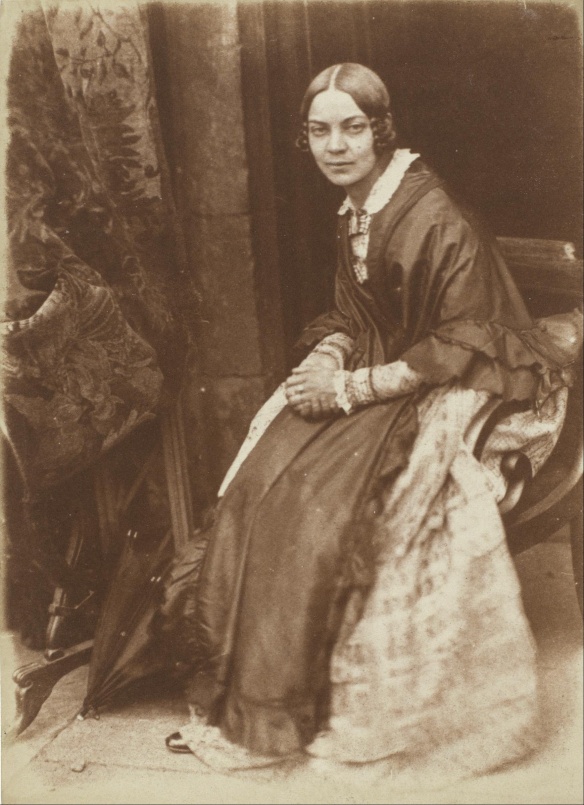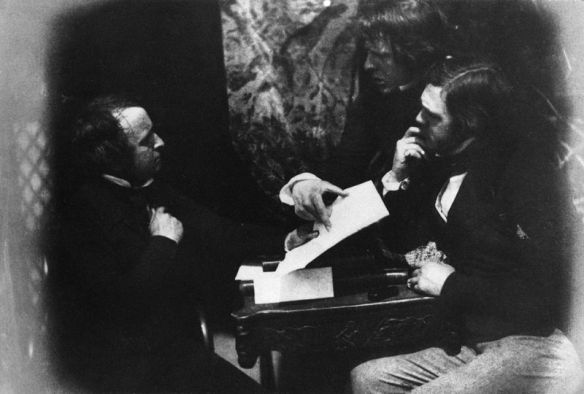Ellen Louise Demorest (1824 – 1898) was a US fashion arbiter. She was a successful milliner, widely credited for inventing mass-produced tissue-paper dressmaking patterns.
With her husband, William Jennings Demorest, she established a company to sell the patterns, which were adaptations of the latest French fashions, and a magazine to promote them (1860).
Her dressmaking patterns made French styles accessible to ordinary women, thus greatly influencing US fashion.

Fashion lithograph from Mme. Demorest’s reliable patterns from the 1880’s. The Print shows 3 young women in daytime fashion of the day via

Fashion lithograph from Mme. Demorest’s reliable patterns, circa 1880-1890’s. It shows a front and back view of the model gervaise basque – gwendoline skirt with adjustable train via

Fashion lithograph from Mme. Demorest’s reliable patterns, circa 1880-1890’s. It depicts 3 children in fashion of the day via























